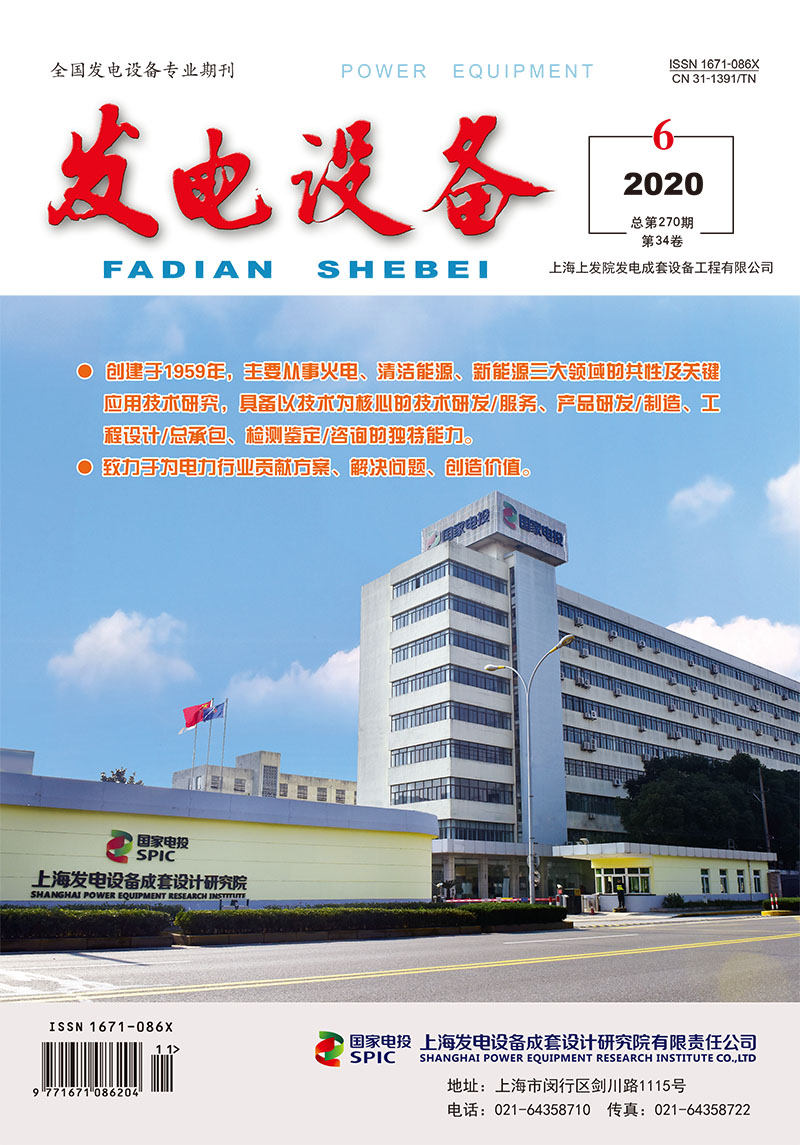Environmental Technology
Chen Tuo, Li Debo, Zeng Tinghua, Zhou Jielian, Feng Yongxin, Liao Hongkai, Zhang Weitian
Taking the 50 MW circulating fluidized bed (CFB) boiler that burns coal and biomass mixtures as an object of study, the effects of biomass blending ratio on the following parameters were investigated, such as the boiler efficiency, the NOx emission concentration and the SO2 emission concentration, etc. Results show that at the unit load of 60 MW, the boiler efficiency would be 79.27%, 77.43%, 81.49% and 84.02% accordingly, when the mass fraction of biomass is 0%, 15%, 30% and 45%, respectively; at the unit load of 50 MW, the boiler efficiency would be 79.80%, 81.59%, 82.82% and 84.33% accordingly, when the mass fraction of biomass is 0%, 15%, 30% and 45%, respectively. The application of coal-biomass co-combustion technology helps to reduce the NOx generation and desulfurizing agent consumption, when the dust emission could simultaneously meet the requirement of environmental protection.
